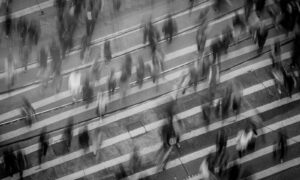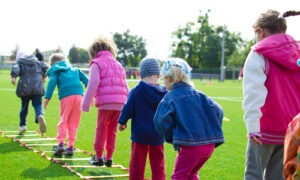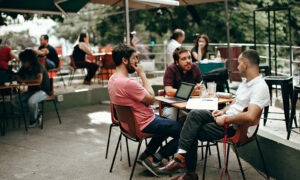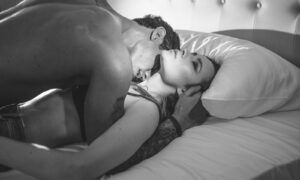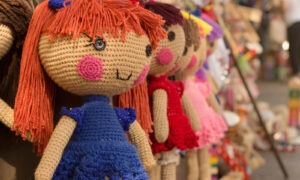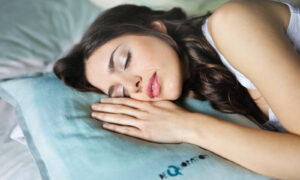No one wants to have head lice. For some there would be a feeling of social anxiety if they were to learn they had lice for others there is a fear of insects – and these critters don’t want to leave. When the fear is profound this fear of lice is known as Pediculophobia.
While some might consider lice a social stigma these little critters don’t often care much about your heritage. Consider these facts from dhpe.org
- Head lice are parasitic insects that live in the hair and scalp of humans.
- They need human blood to survive.
- Head lice are spread easily from person to person by direct contact.
- Head lice can infest anyone, regardless of personal hygiene.
- Head lice are usually treatable with lice-killing shampoos and creme rinses.
- To prevent infection: 1) avoid direct contact with the head, hair, clothing, or personal belongings of a person with head lice, and 2) treat affected persons, their contacts, and their households.
The idea of parasitic lice on your scalp can cause your skin to ‘crawl’ and become as unnerving as sitting in a swamp unprotected from mosquitoes.
What Causes Pediculophobia?
This fear is often introduced by loving and caring adults who insist on good hygiene and insist that it is poor hygiene that attracts lice. The truth is lice an non-discriminatory – they will feed on any human scalp they come in contact with.
Dhpe.org indicates the actual way to avoid becoming infested with lice.
- Educate parents and schools about head lice. All parents should know that outbreaks of head lice have nothing to do with a family’s income, social status, or level of personal hygiene.
- Avoid direct contact with a person who has lice, or with their clothing or personal belongings.
- Watch for signs of lice, such as frequent head scratching. Nits do not cause symptoms, but they can be seen on the hair shaft; they are yellow-white and oval-shaped.
- Teach children not to share combs, brushes, scarves, hair ribbons, helmets, headphones, hats, towels, bedding, clothing, or other personal items.
- Examine household members and close contacts of a person with head lice, and treat if infested.
- Make sure schools, camps, and child-care centers provide separate storage areas (cubbies or lockers) and widely spaced coat hooks for clothing and other personal articles. They should assign sleeping mats and bedding to only one child and store these separately. They should wash dress-up clothes and play costumes between use by different children. During an outbreak, costumes should not be used in the classroom.
- Exclude children with head lice from school or day care according to the institution’s policy.
Symptoms of Pediculophobia
The fear associated with this phobia tend to express themselves in terms of social anxiety. There may be the persistent concern that anyone you come in contact with could present the possibility of lice.
Other symptoms include…
- Panic
- Trembling
- Air hunger
- Nausea
- Constant apprehension
- Constant checking of the scalp
- Dread
This phobia can cause individuals to become obsessive/compulsive in terms of washing hands and hair. These individuals may often believe they have lice – even when they don’t.
How to Overcome Pediculophobia
This fear can be largely managed by understanding the way lice move from one individual to another. Often by understanding what you fear you can learn to assume a more rational perspective on the fear.
In some cases a therapist may be helpful in learning to manage the anxiety and learn ways to address the fear in a constructive way.
The fear of lice is also referred to as:
- Pediculophobia
- Lice fear
- The fear of nits





